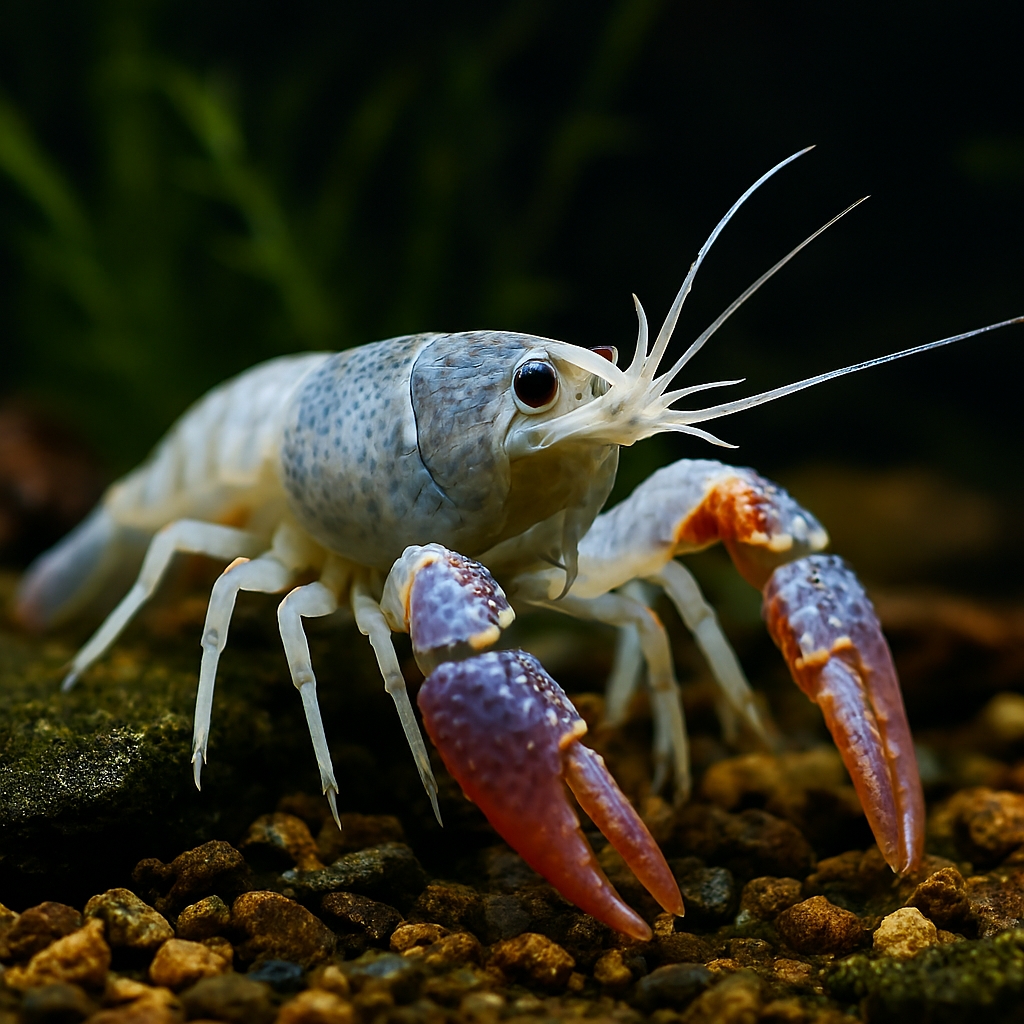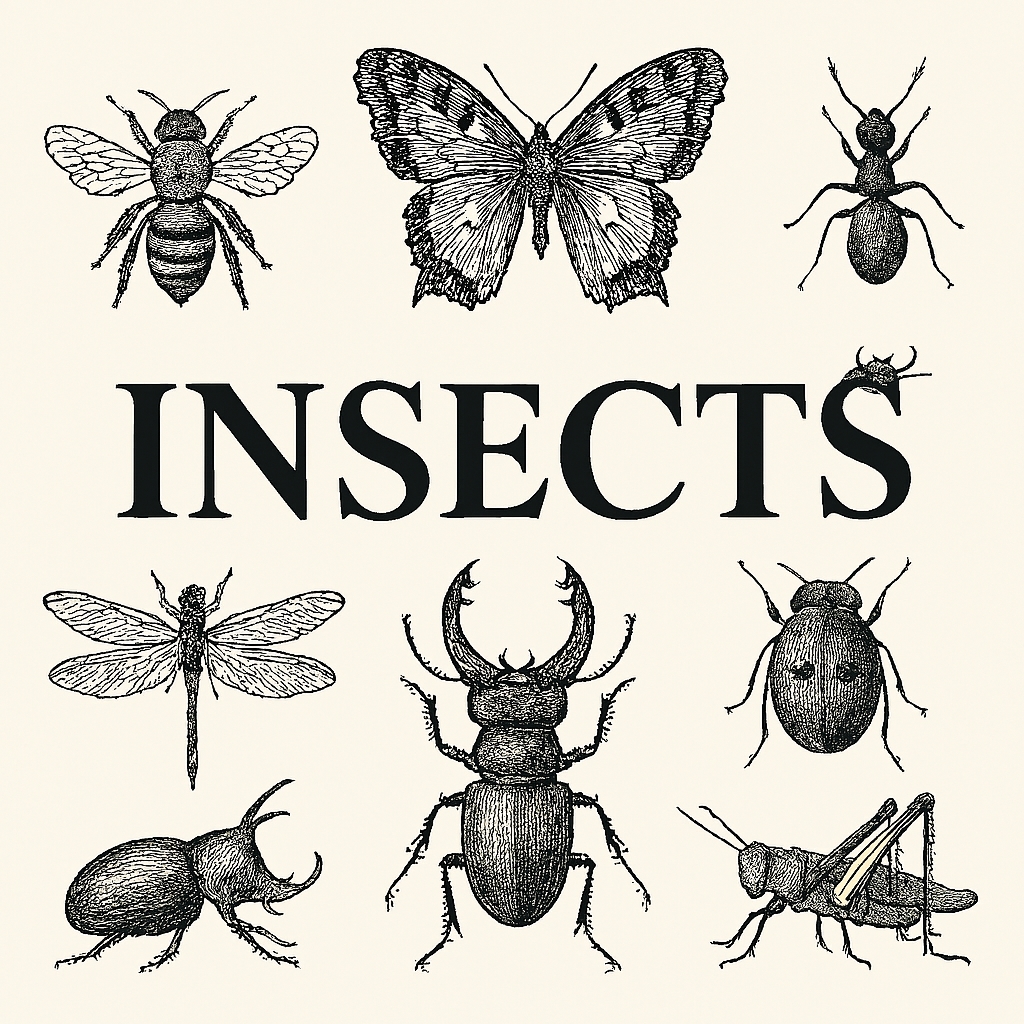What Is Wilding?
Wilding is a concept that has gained prominence in recent years, particularly in the context of conservation and ecological restoration. At its core, wilding represents a shift away from intensive human management of landscapes toward allowing natural processes and wildlife to reclaim areas that were previously under our control. Here are some key points about wilding:
Rewilding Ecosystems
Wilding aims to restore ecosystems by reintroducing native species, promoting biodiversity, and allowing habitats to thrive without human interference. It’s like giving nature the reins and letting it flourish.
Inspiration from Nature
The term “wilding” draws inspiration from observing how ecosystems function when left to their own devices. It’s about learning from nature’s wisdom and applying it to our landscapes.
Isabella Tree’s Story
One inspiring example of wilding comes from the Knepp estate in West Sussex, England. Isabella Tree and her husband, Charlie, inherited this 1,400-hectare estate, which had suffered from decades of intensive farming. Instead of continuing the same practices, they embarked on a rewilding journey. The results? Ancient breed pigs, flower-filled hedgerows, busy beavers, rare storks, and magical swarms of butterflies now thrive on the land.
Is It Any Good?
Wilding has both enthusiastic supporters and skeptics. Let’s explore the pros and cons:
Benefits of Wilding
————————-
Biodiversity Boost
Rewilding can lead to increased biodiversity, benefiting not only wildlife but also the health of entire ecosystems.
Carbon Capture
Natural habitats sequester carbon, making wilding an ally in the fight against climate change.
Educational Value
Wilding projects provide valuable educational opportunities for communities and schools, fostering a deeper connection to nature.
Challenges and Risks
————————-
Community Concerns
Some people worry about the impact of wilding on neighboring communities, property values, and livelihoods.
Balancing Act
Finding the right balance between rewilding and human needs can be tricky. It requires thoughtful planning and collaboration.
Misunderstandings
Misconceptions about wilding can lead to misguided applications that harm both biodiversity and communities.
Wilding and Insects
————————-
Habitat Restoration
Wilding creates biodiverse spaces where native plants thrive. As these natural habitats regenerate, they provide crucial shelter, food, and breeding grounds for insects. From beetles to butterflies, insects benefit from the return of native vegetation.
Pollination Support
Insects are incredible pollinators. Rewilding areas allow flowering plants to flourish, attracting bees, butterflies, and other pollinators. Their work ensures the reproduction of plants, including many of our food crops.
Food Web Enhancement
Insects are a fundamental part of the food web. By promoting diverse plant life, wilding indirectly supports insect populations. In turn, these insects become food for birds, reptiles, and other wildlife.
Natural Pest Control
Some insects, like ladybugs and lacewings, are natural predators of pests. Wilding encourages a balanced ecosystem, reducing the need for chemical pesticides.
Wilding benefits insects by restoring their habitats, enhancing pollination, and contributing to a healthier, interconnected web of life.
Conclusion
Wilding isn’t a one-size-fits-all solution, but it offers hope for restoring our planet’s natural resilience. As we learn from Isabella Tree’s journey and other rewilding initiatives, we discover that sometimes, letting nature take the lead can yield remarkable results. So, whether you’re a conservationist, a curious soul, or simply someone who appreciates the magic of untamed landscapes, wilding is definitely worth exploring further!
Join The Discussion
Let’s encourage an engaging conversation about wilding. Feel free to share your thoughts, questions, or experiences related to rewilding and its impact. Whether you’ve witnessed the return of wildlife in your local area or have concerns about balancing conservation efforts with community needs, your comments are valuable. Together, we can explore this fascinating topic further!
#Rewilding #Biodiversity #EcosystemRestoration #ClimateAction #Conservation #NatureRecovery #WildLandscapes #CarbonCapture #Pollinators #InsectConservation #SustainableDevelopment #HealthyEcosystems #CommunityEngagement #ClimateResilience #NaturalProcesses #CleanAir #WaterSecurity #FoodSecurity #MedicinalPlants #EcosystemHealth #AbundantLife #RewildSafely #HumanWellbeing #EcoBalance #SustainableFutures #BiodiverseHabitats #InsectProtection #WildlifeCorridors #EcoRestoration #ClimateMitigation

















Leave a Reply